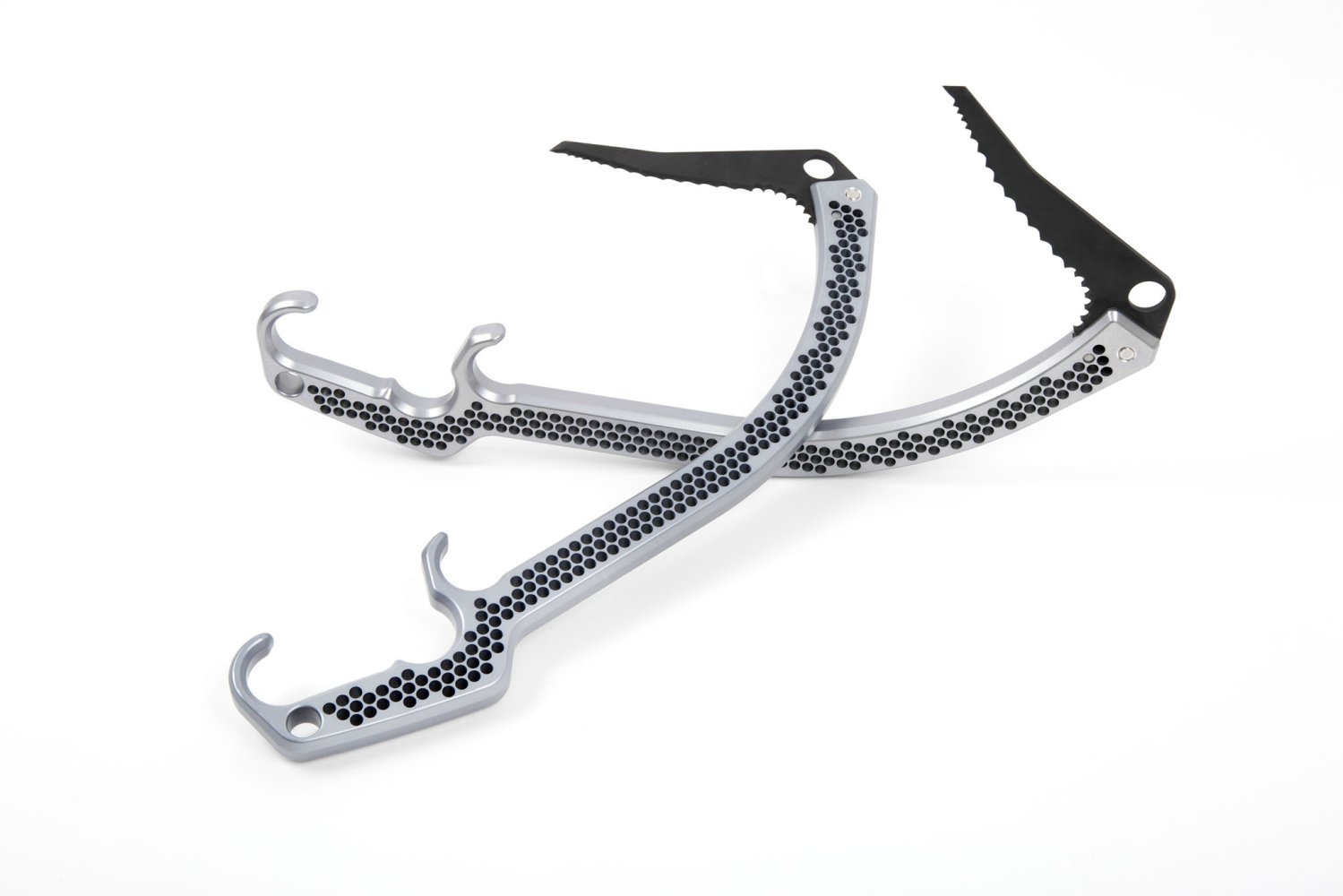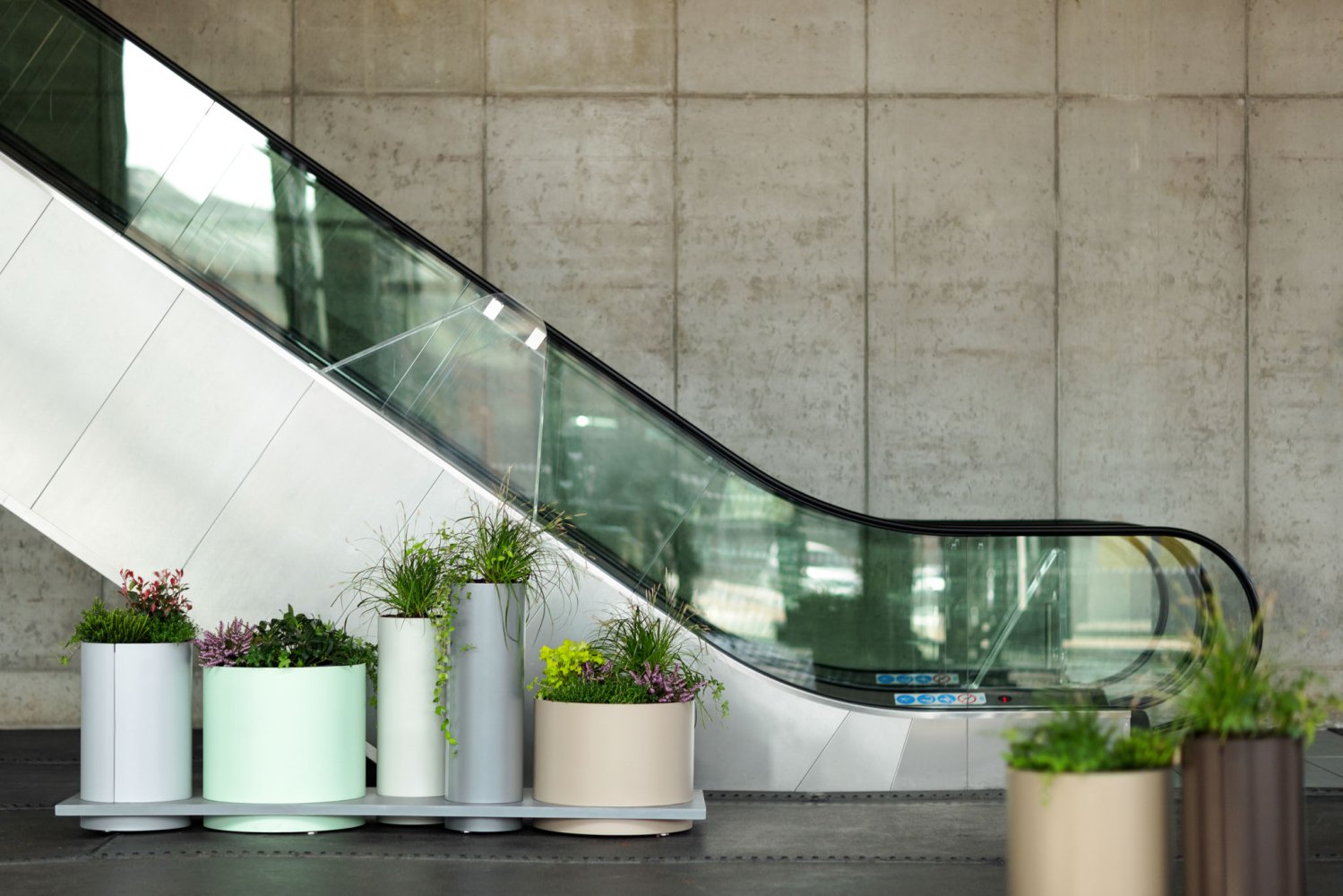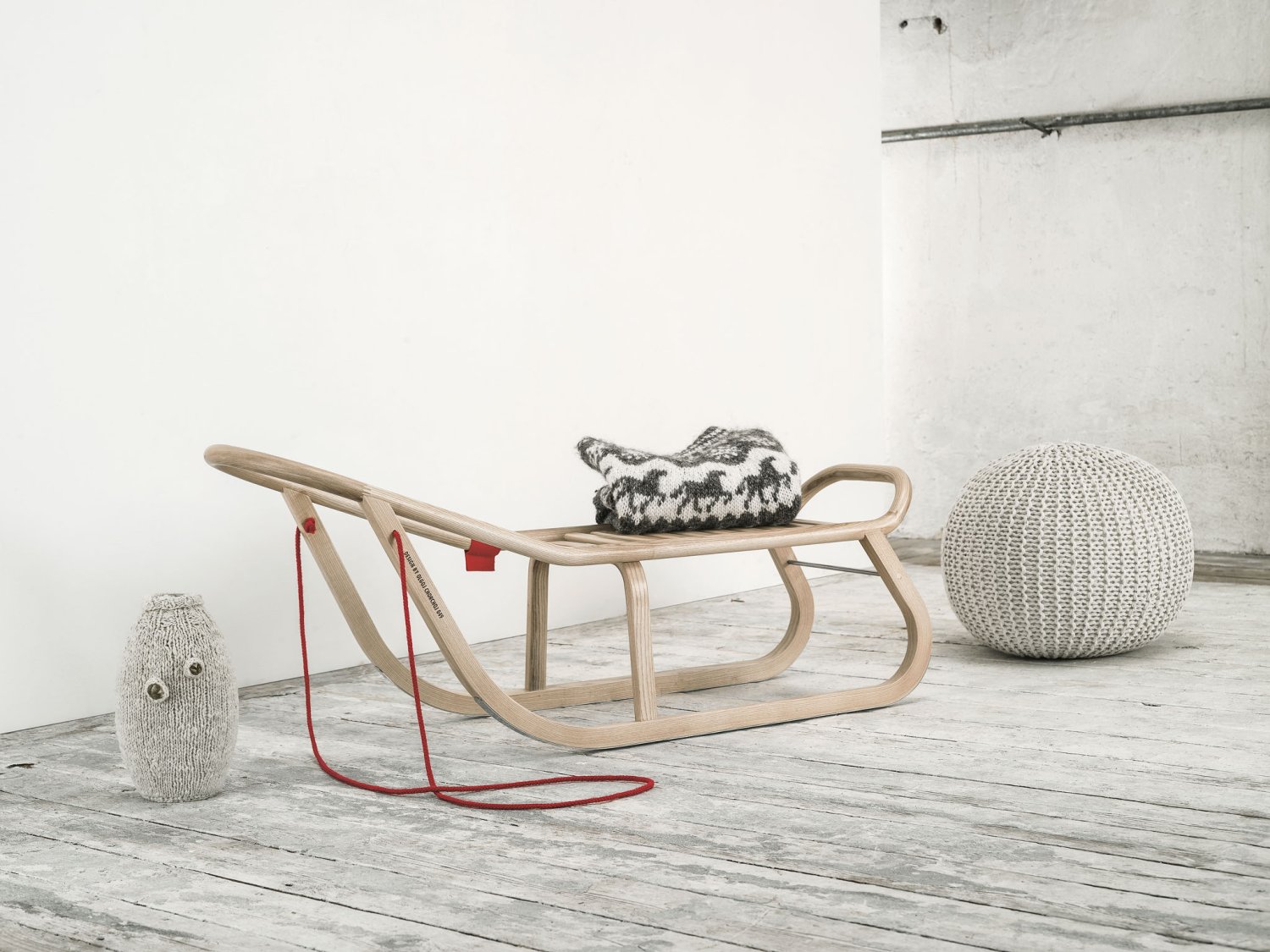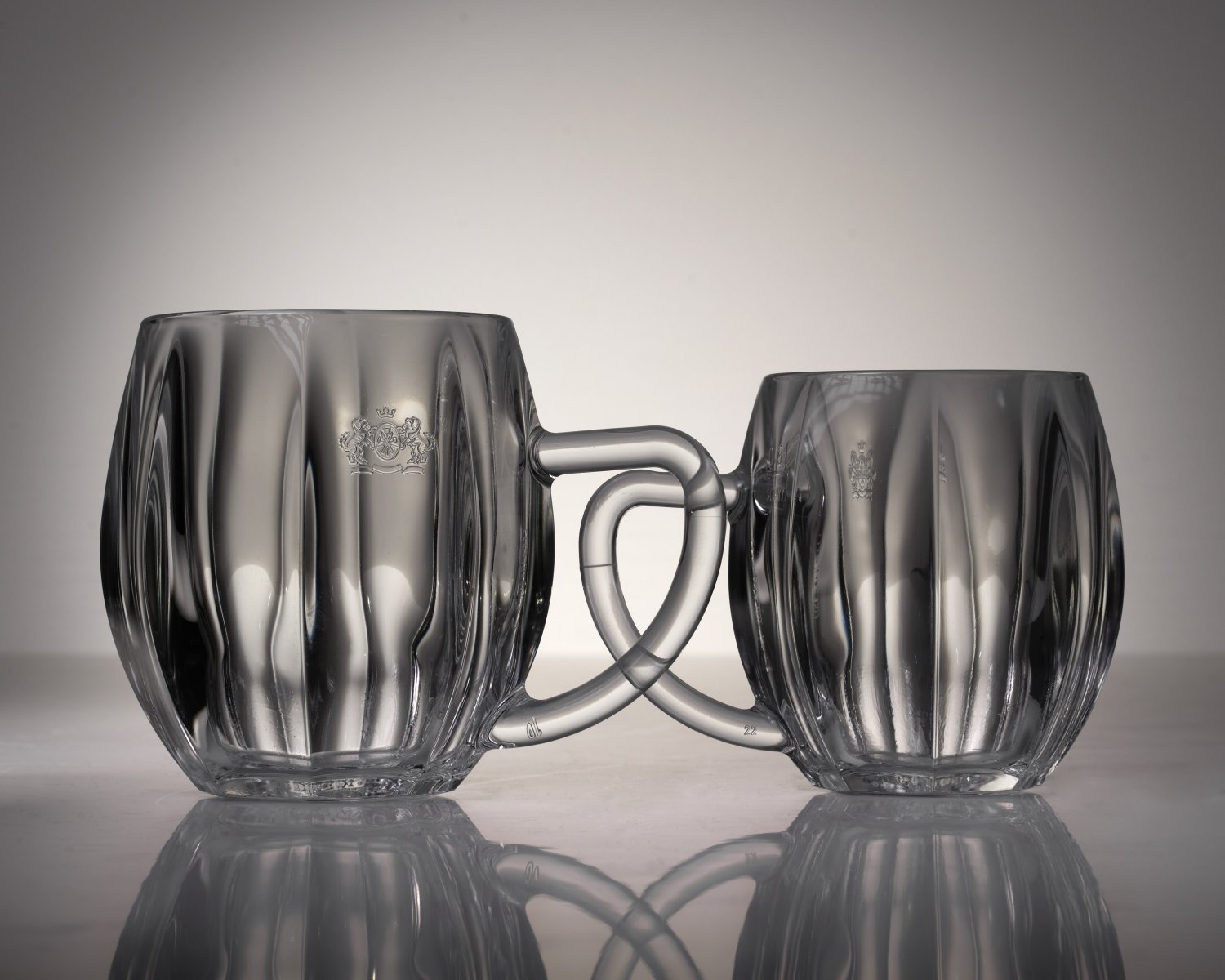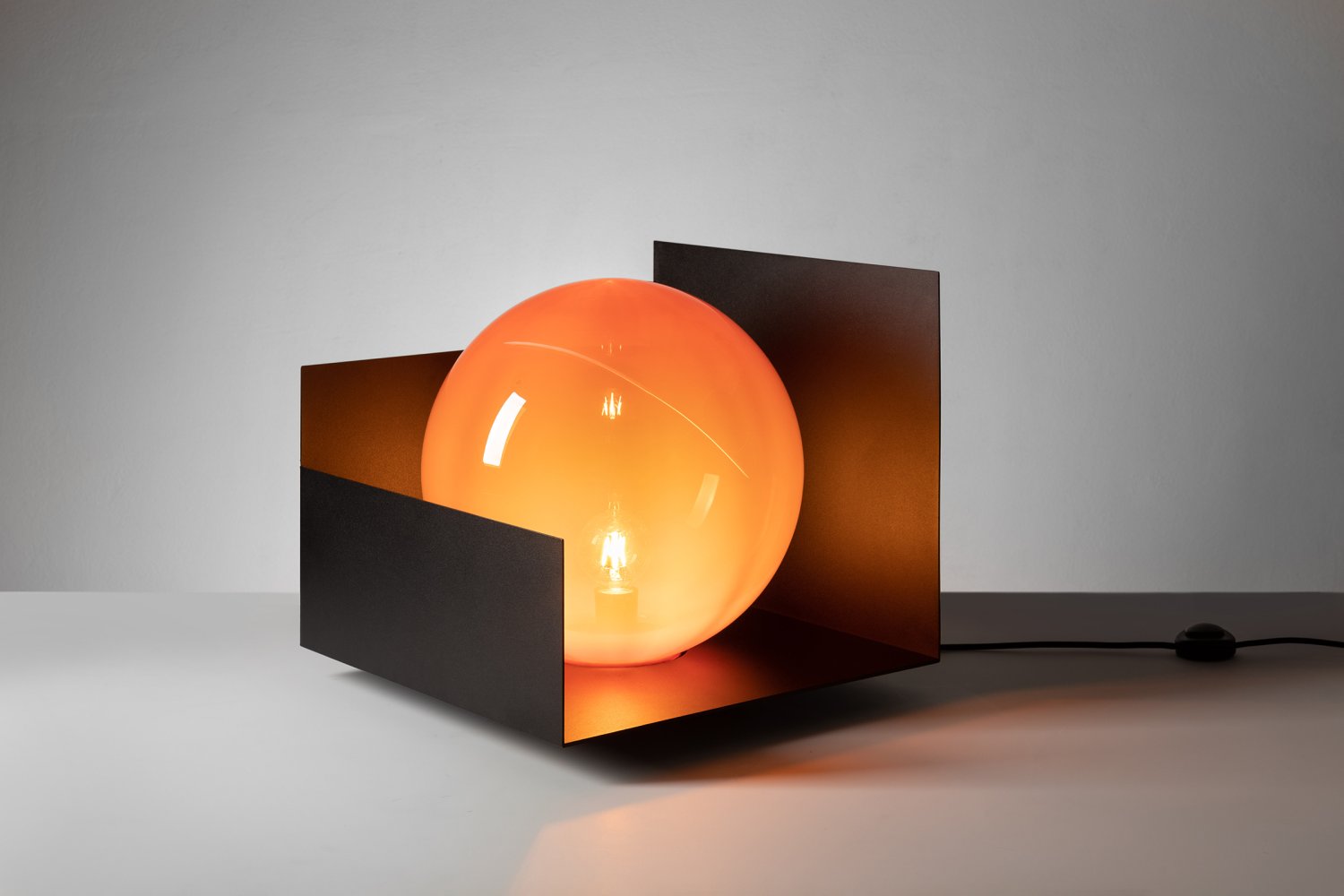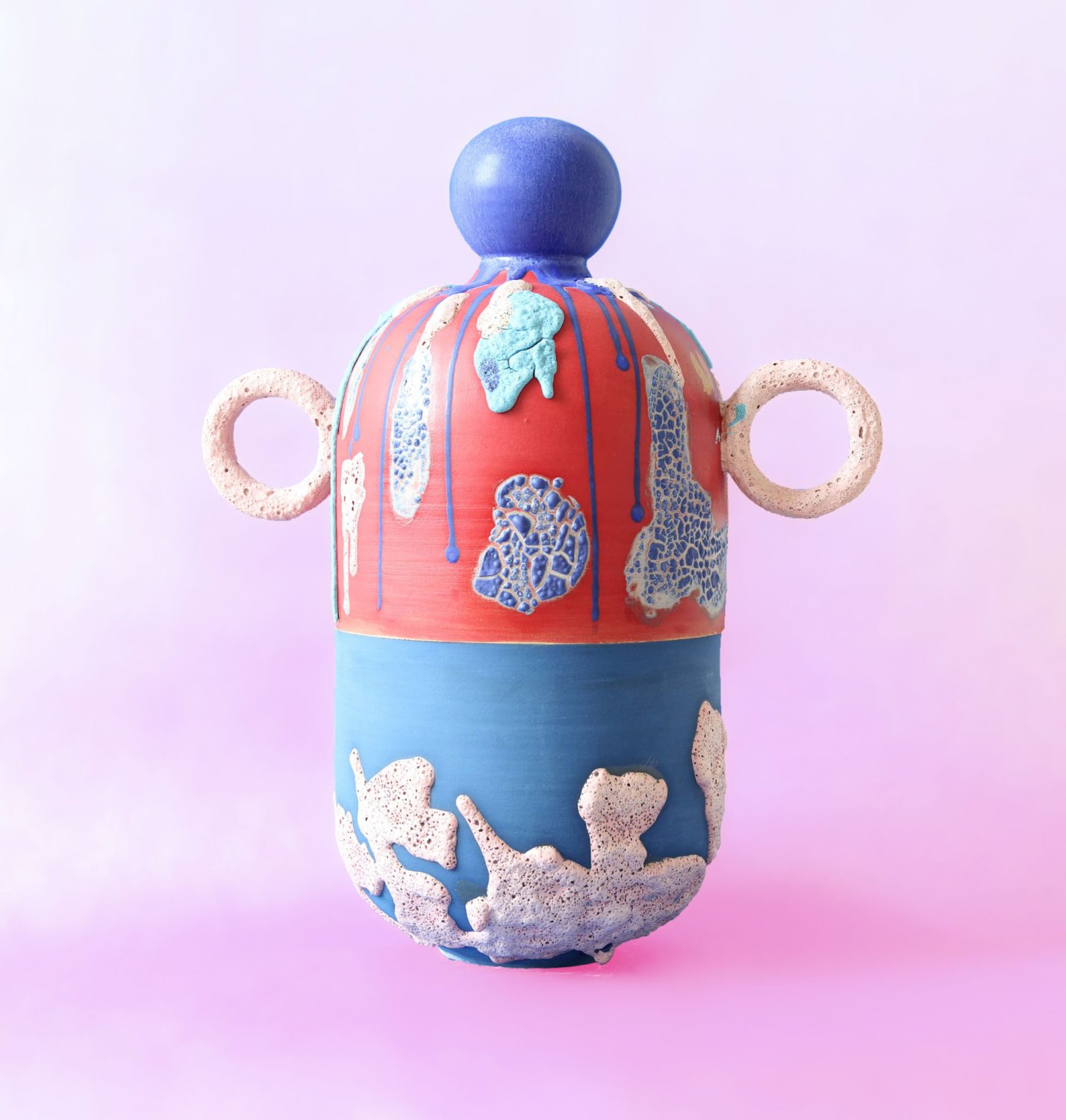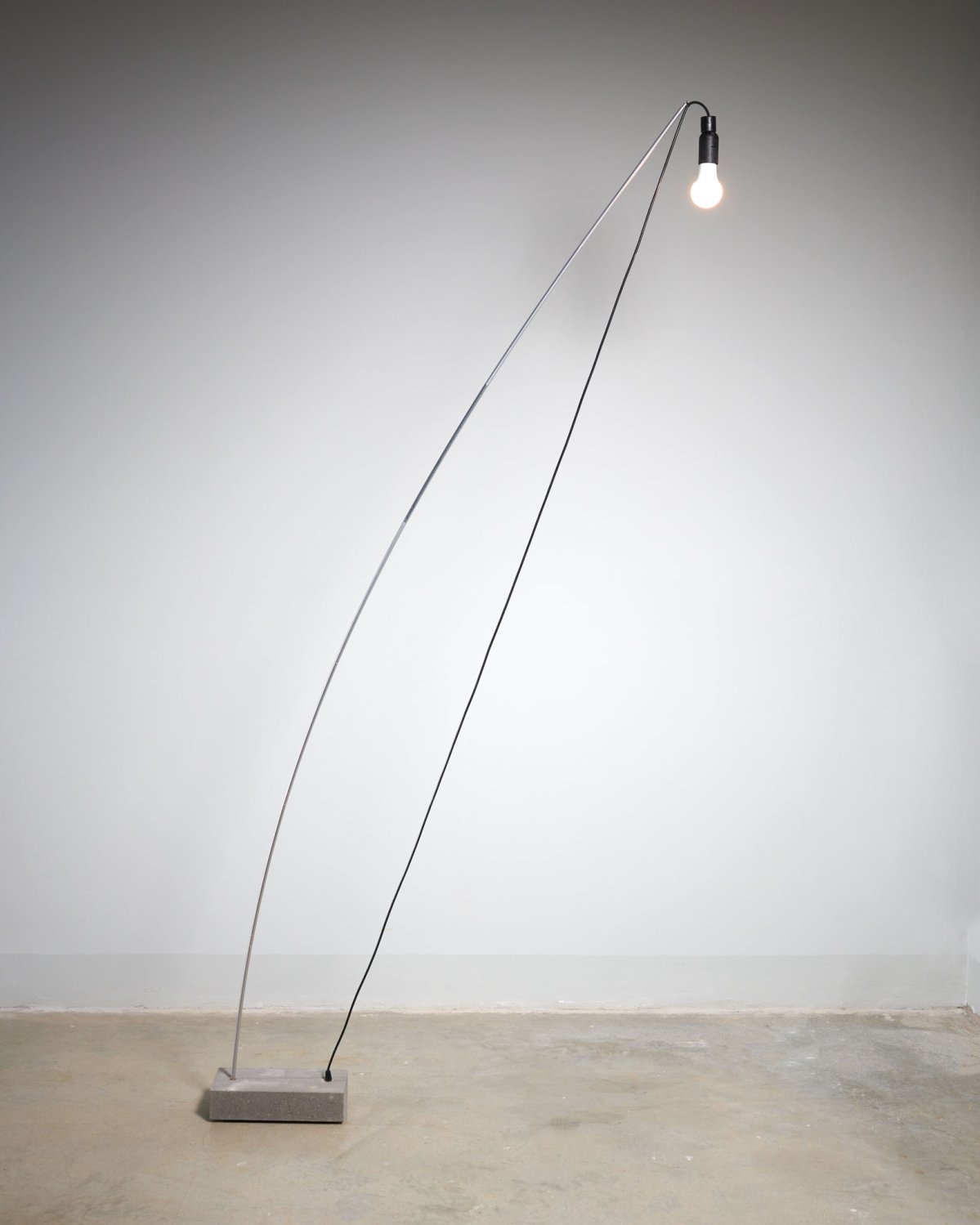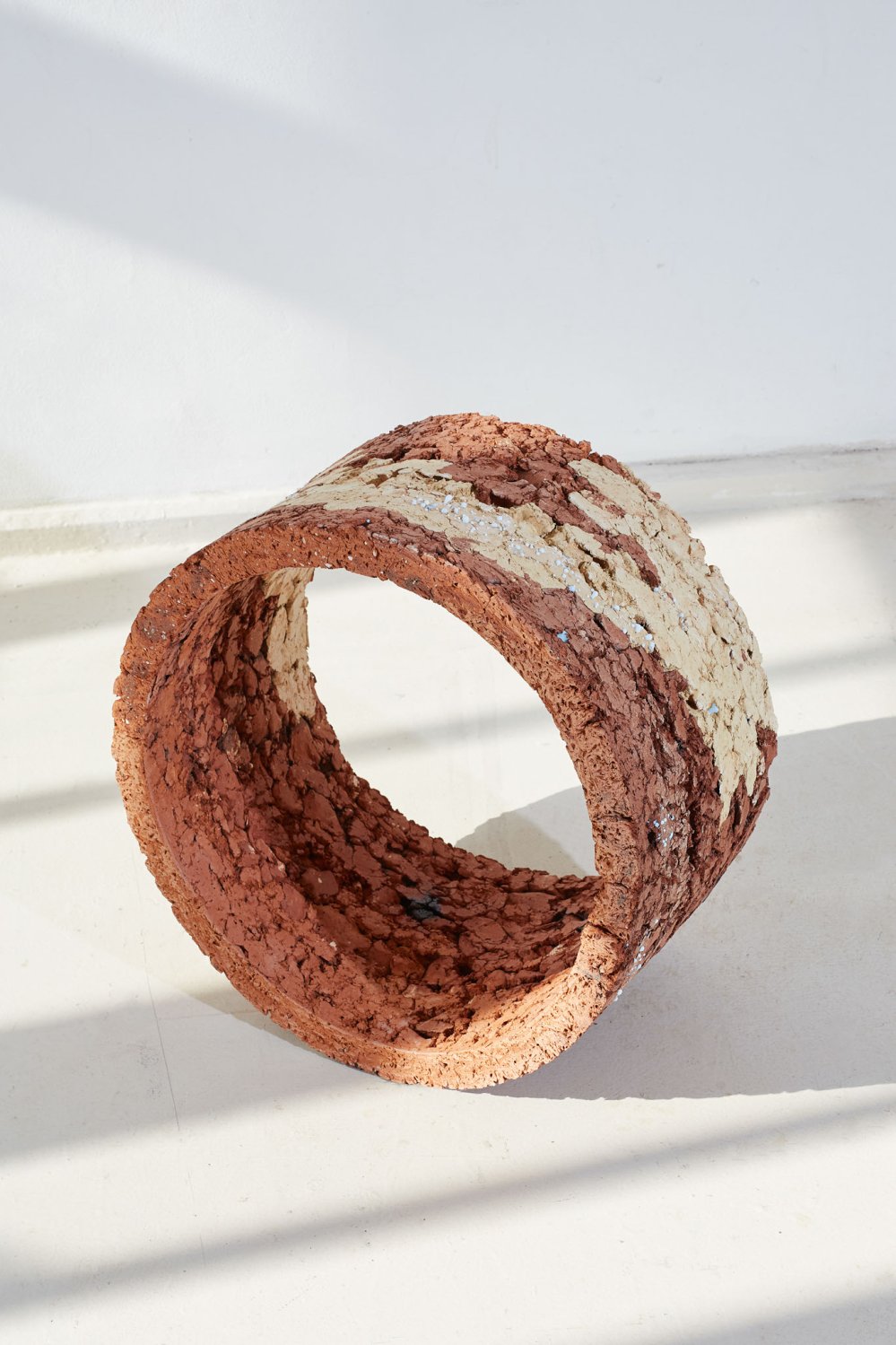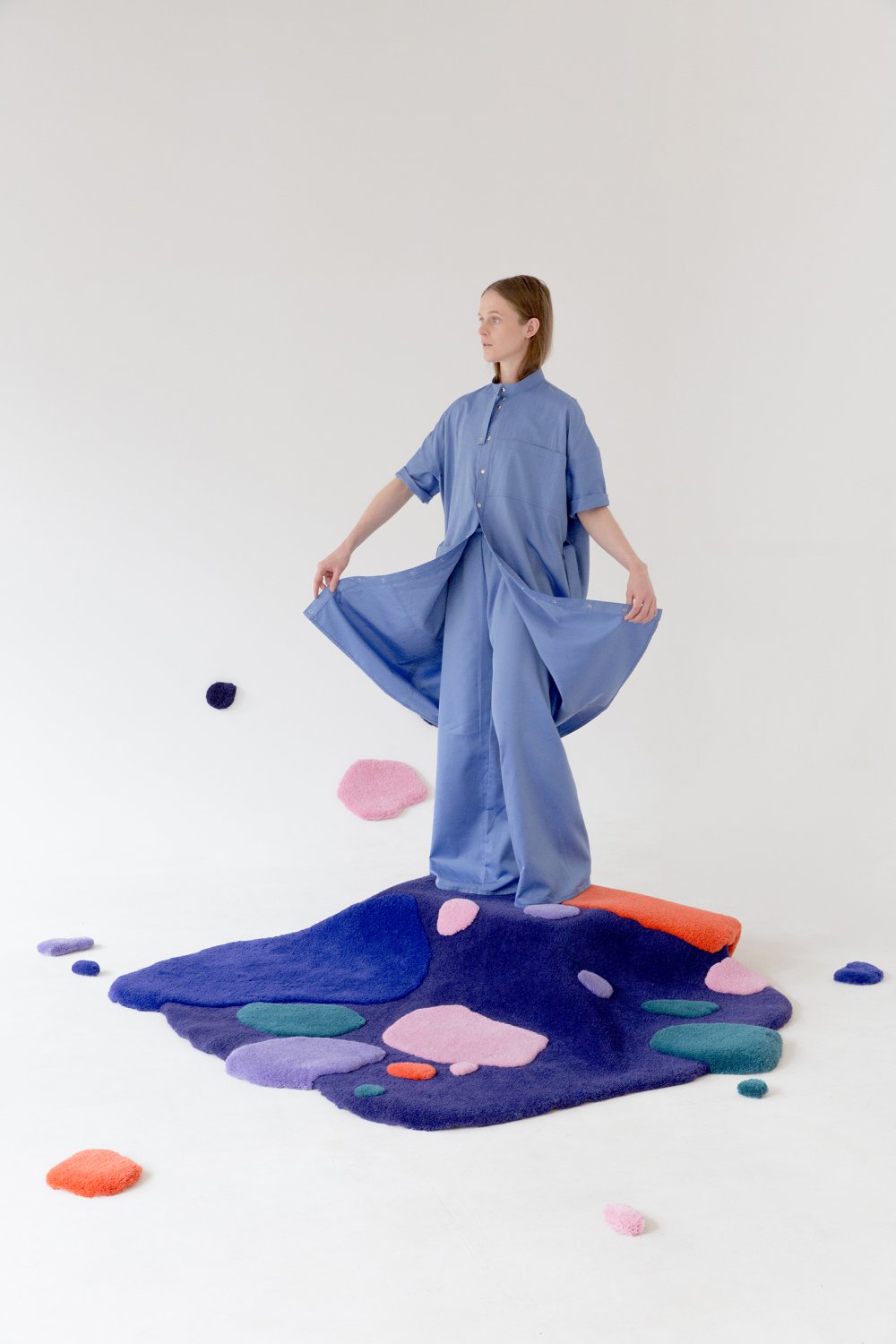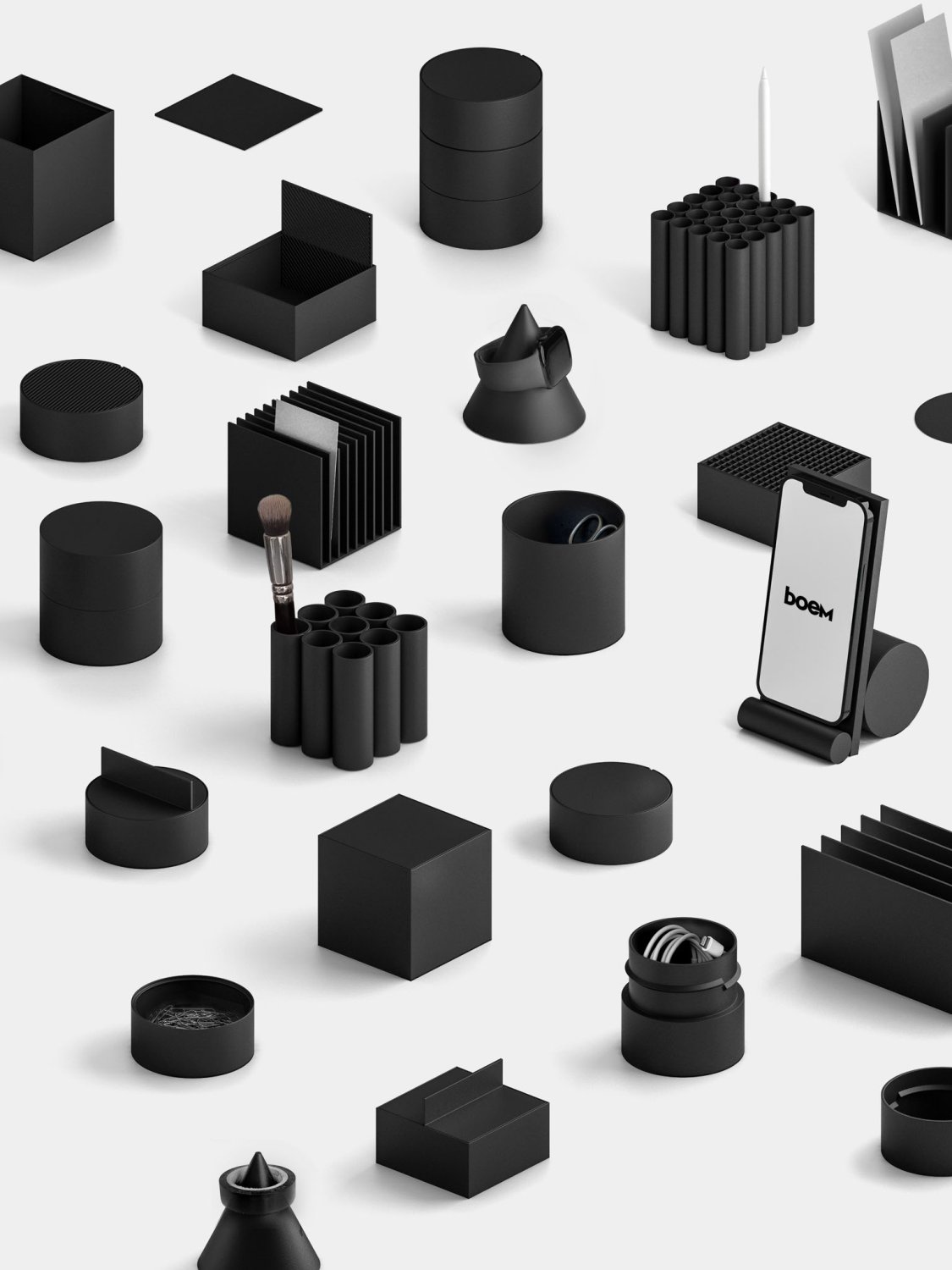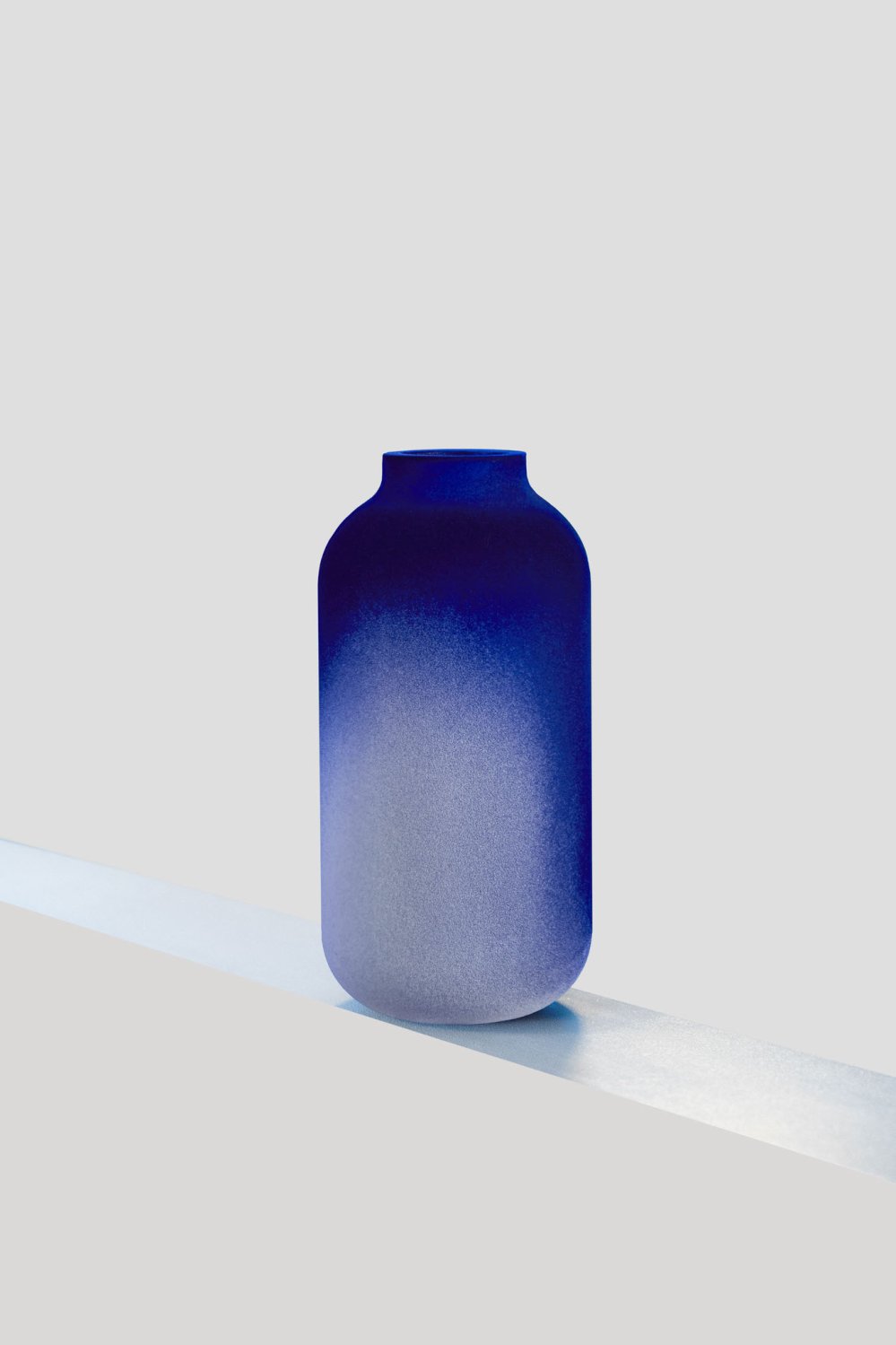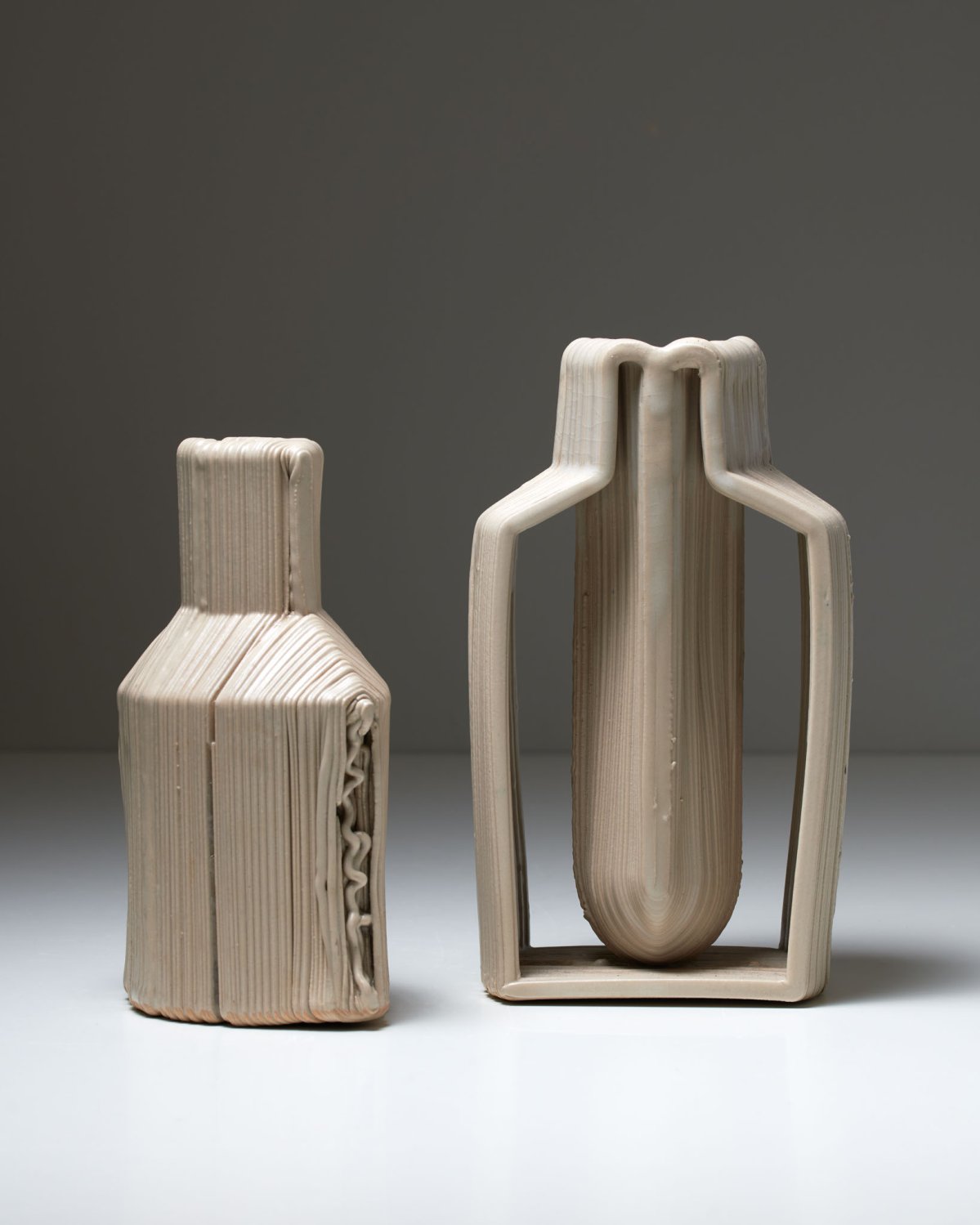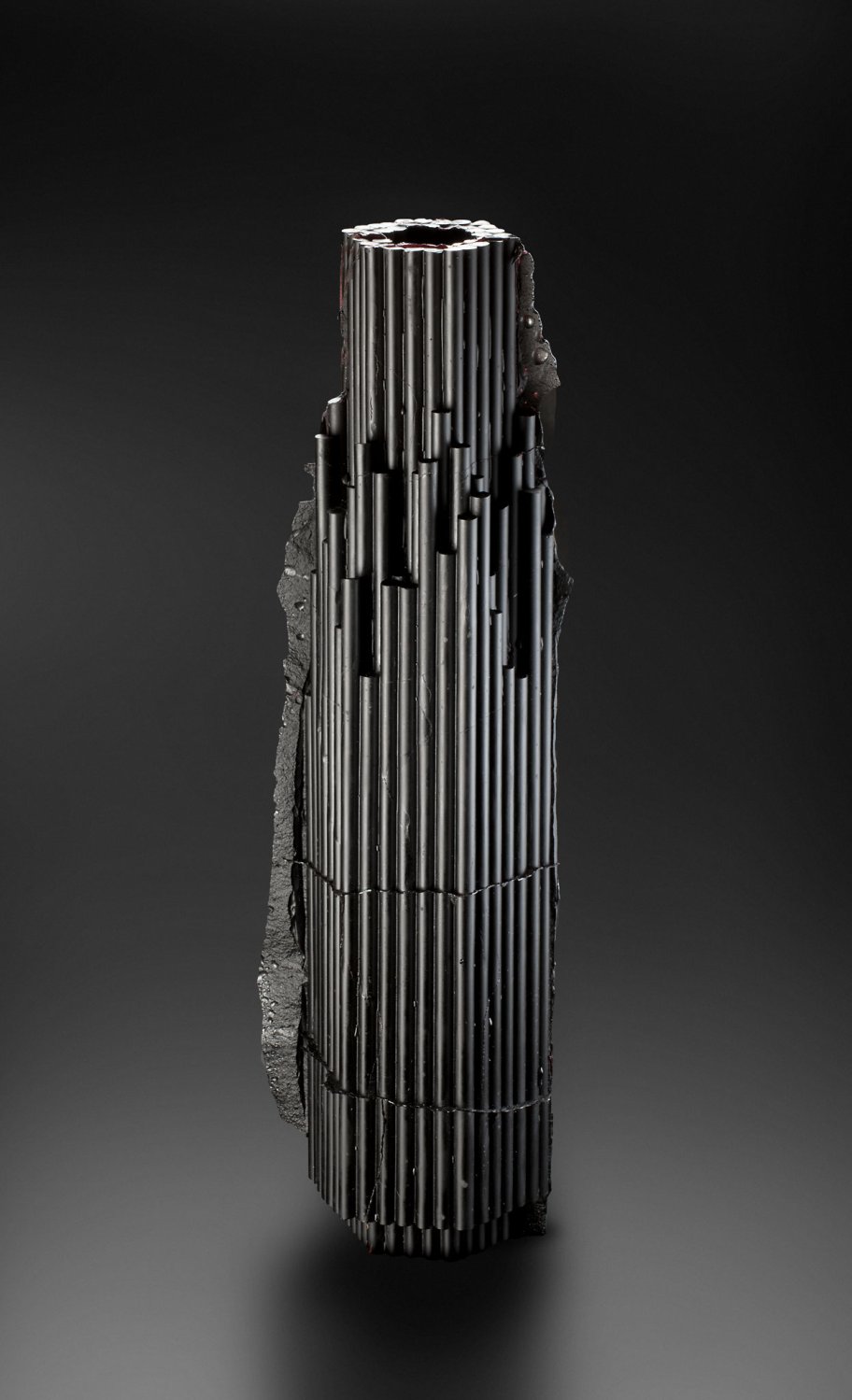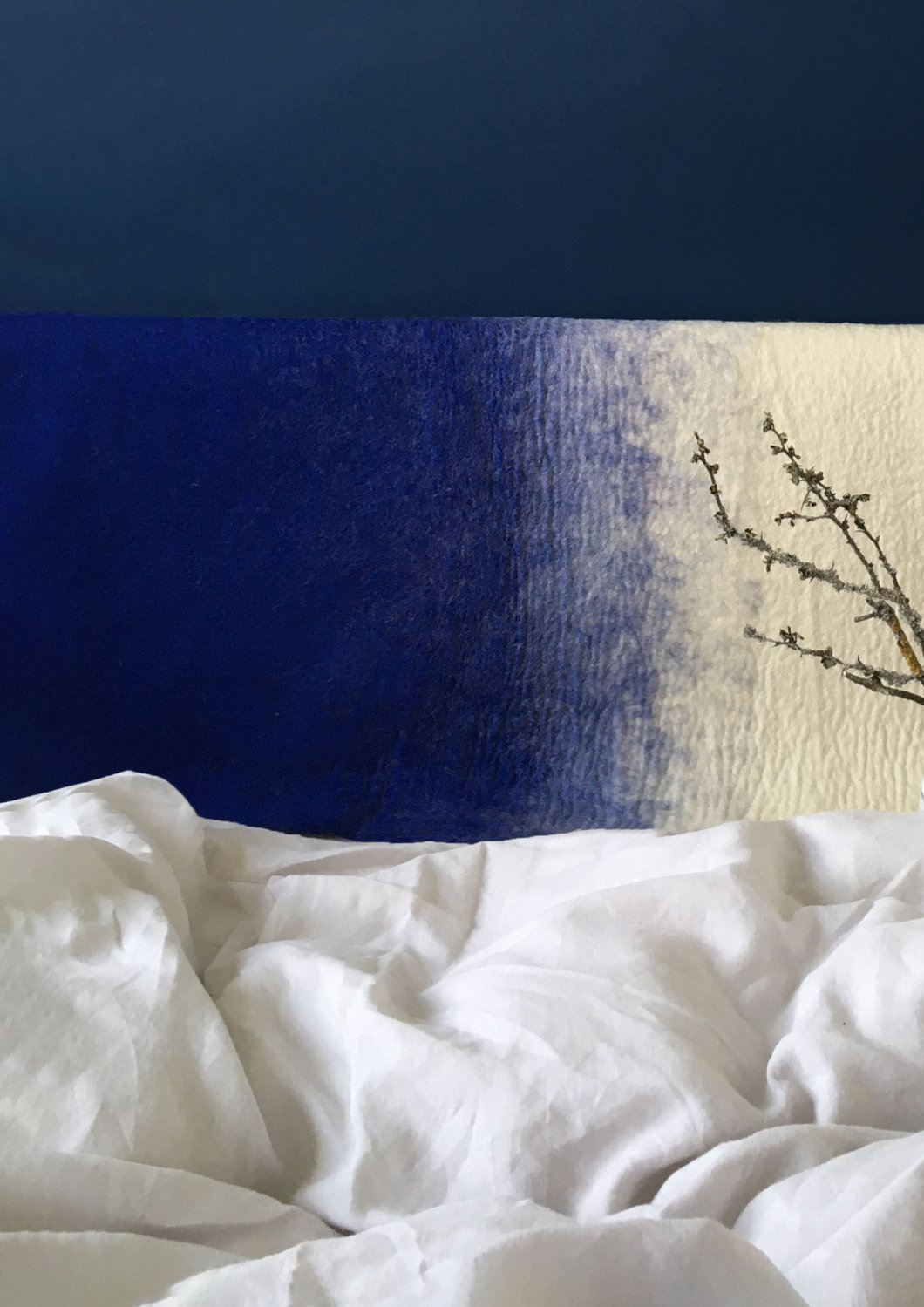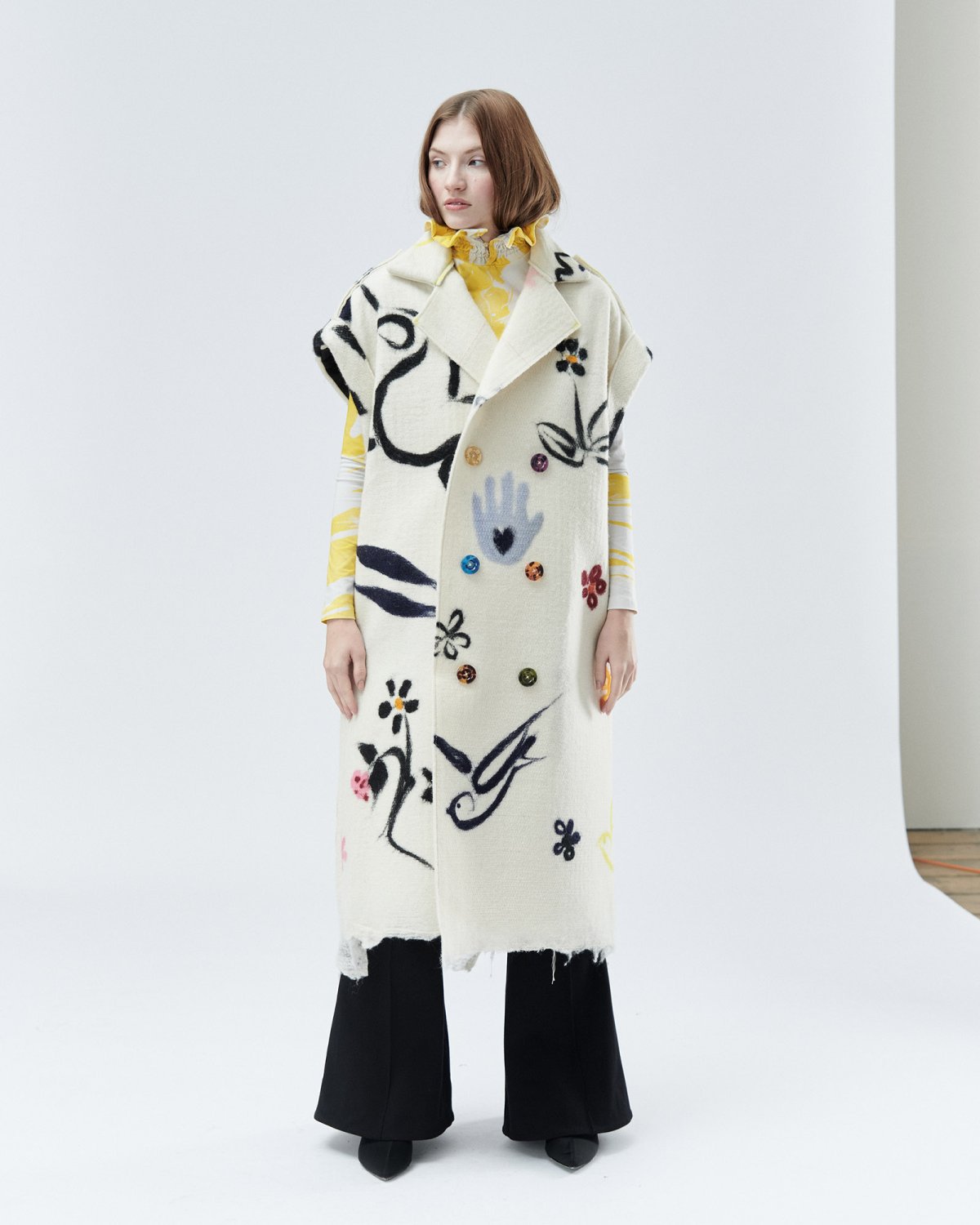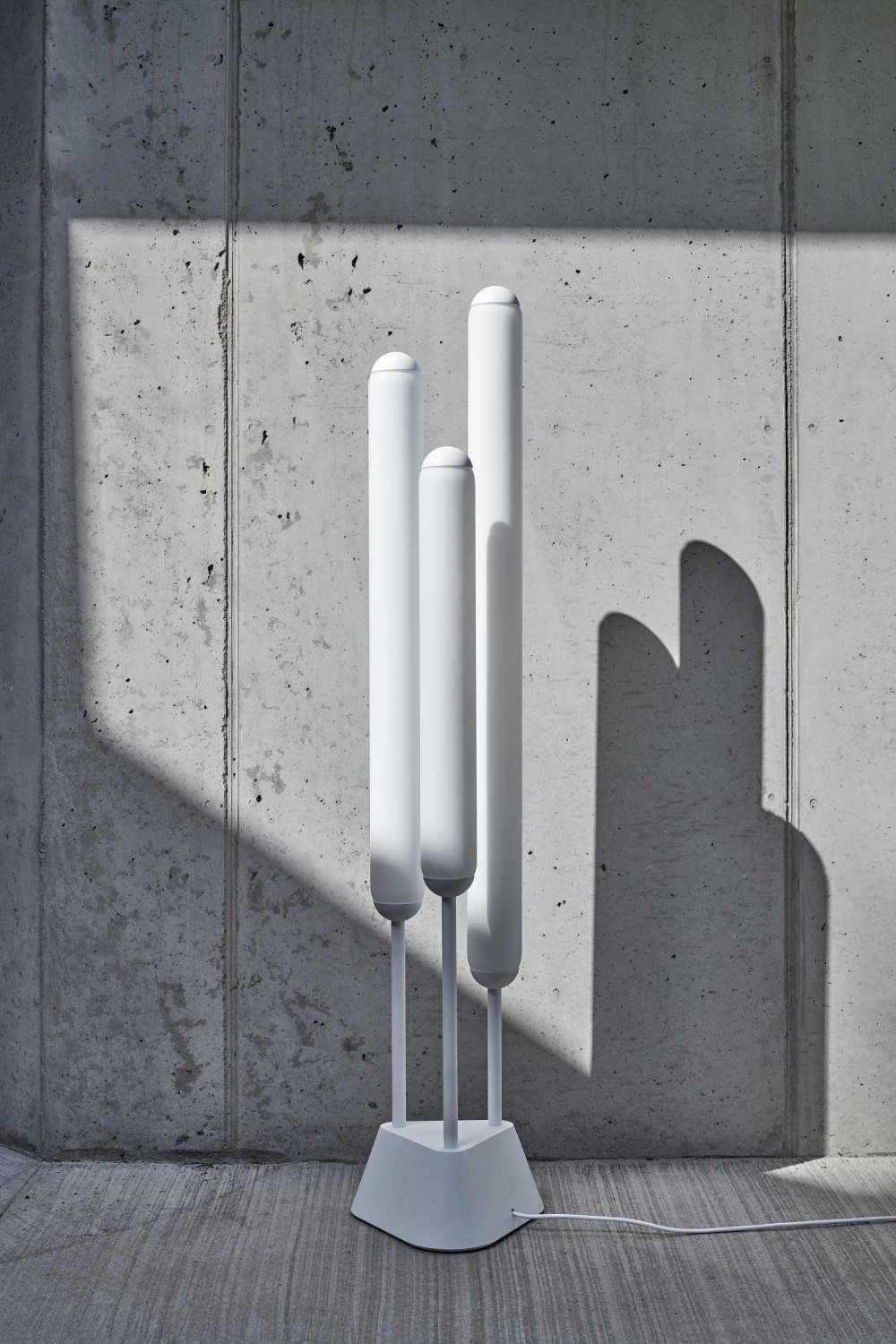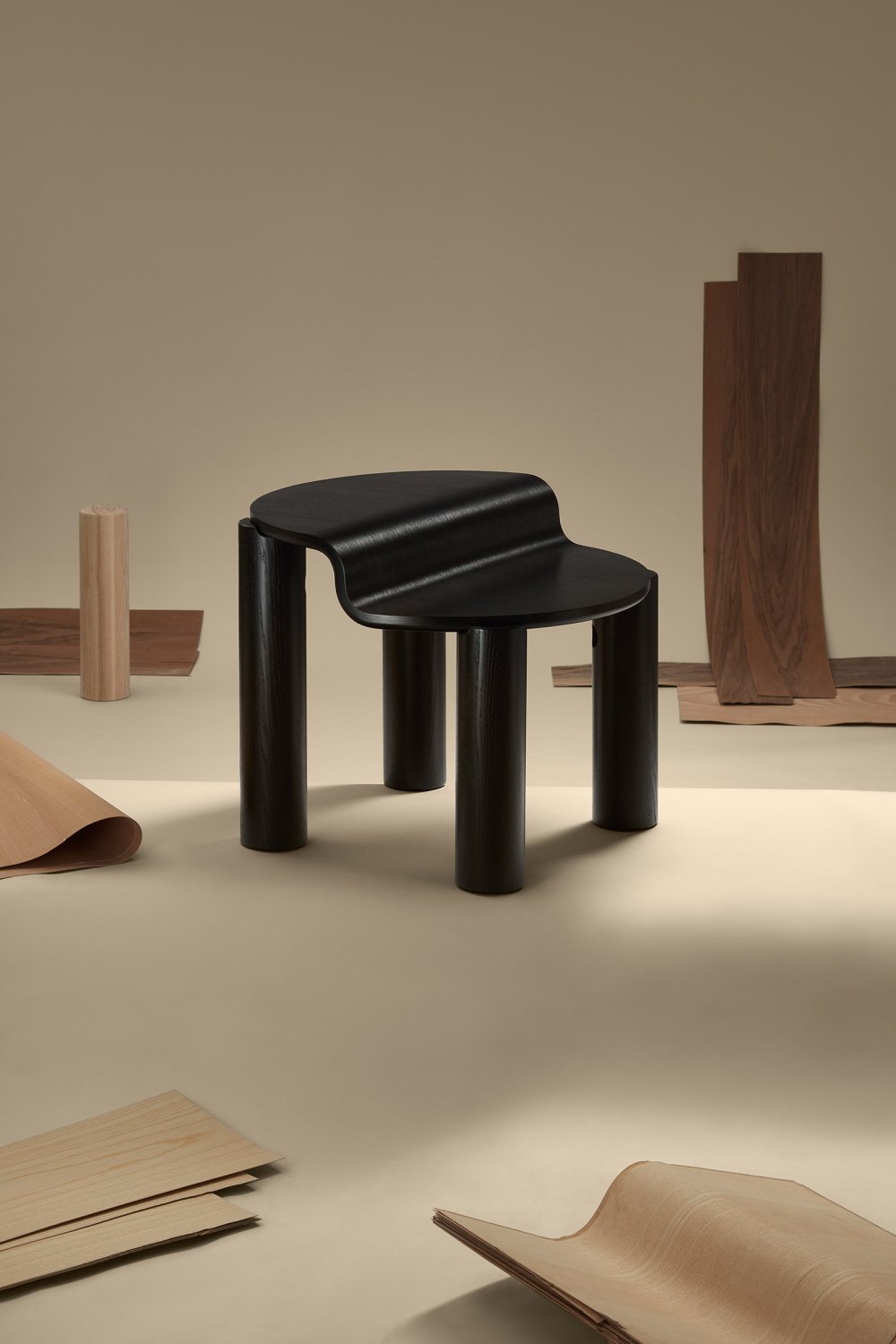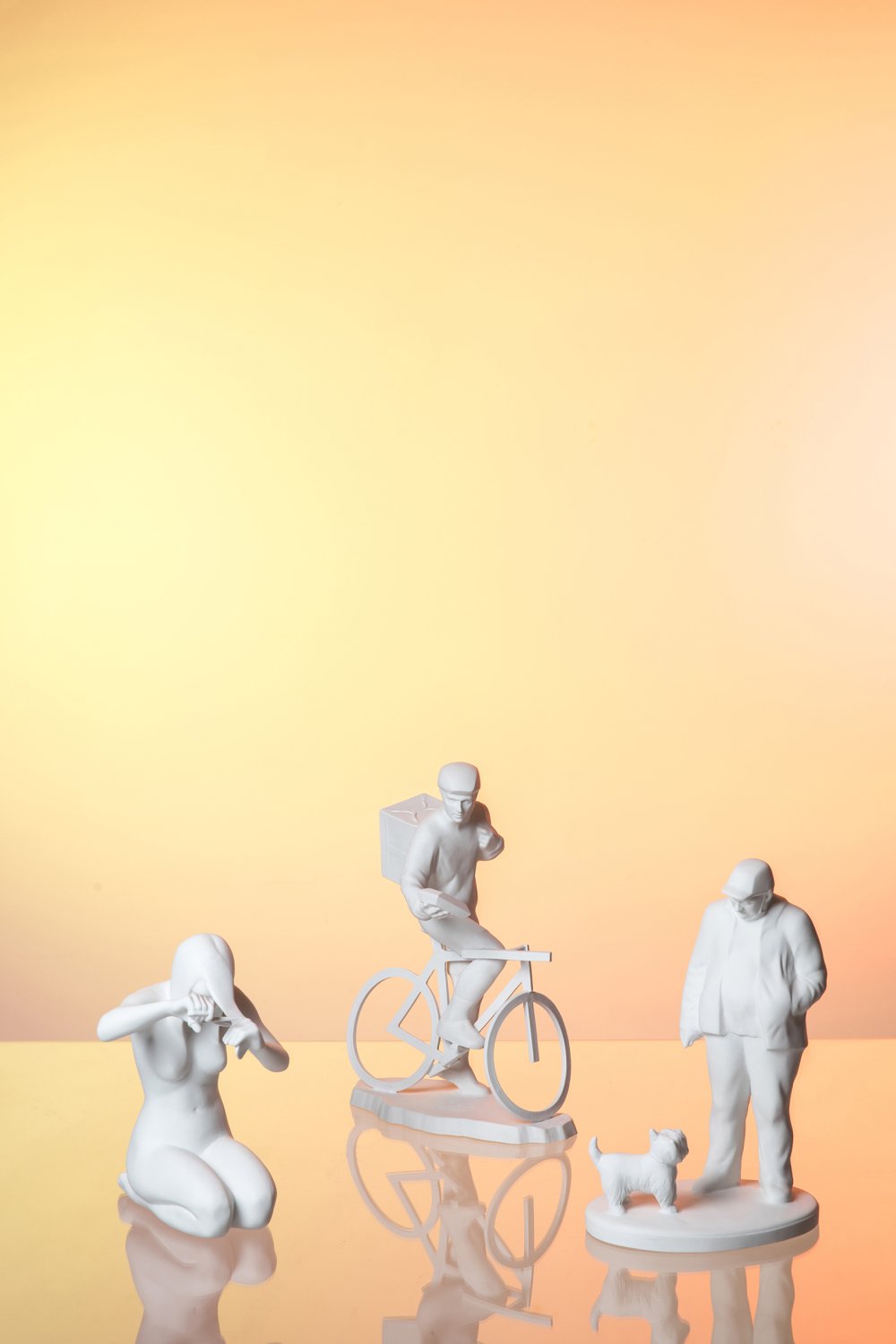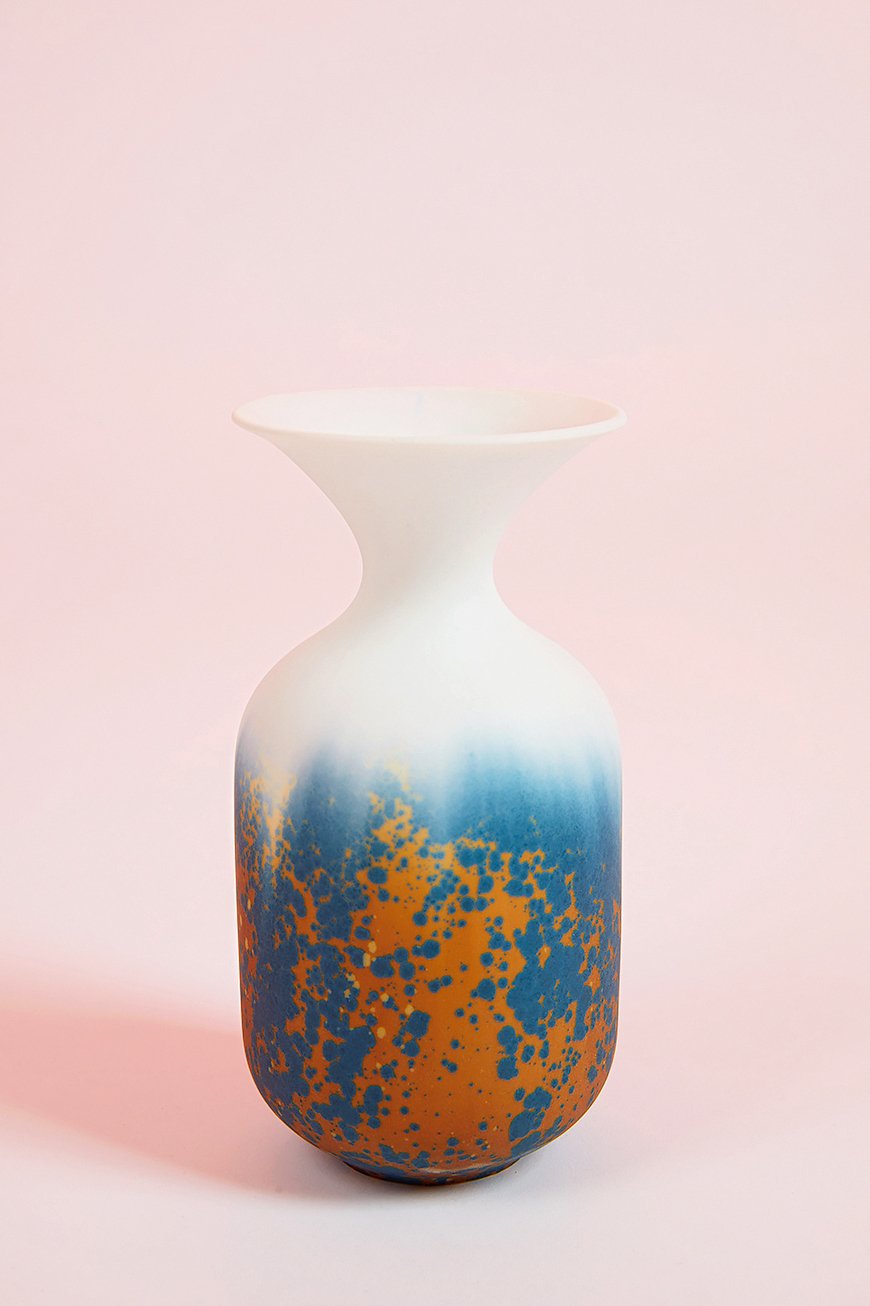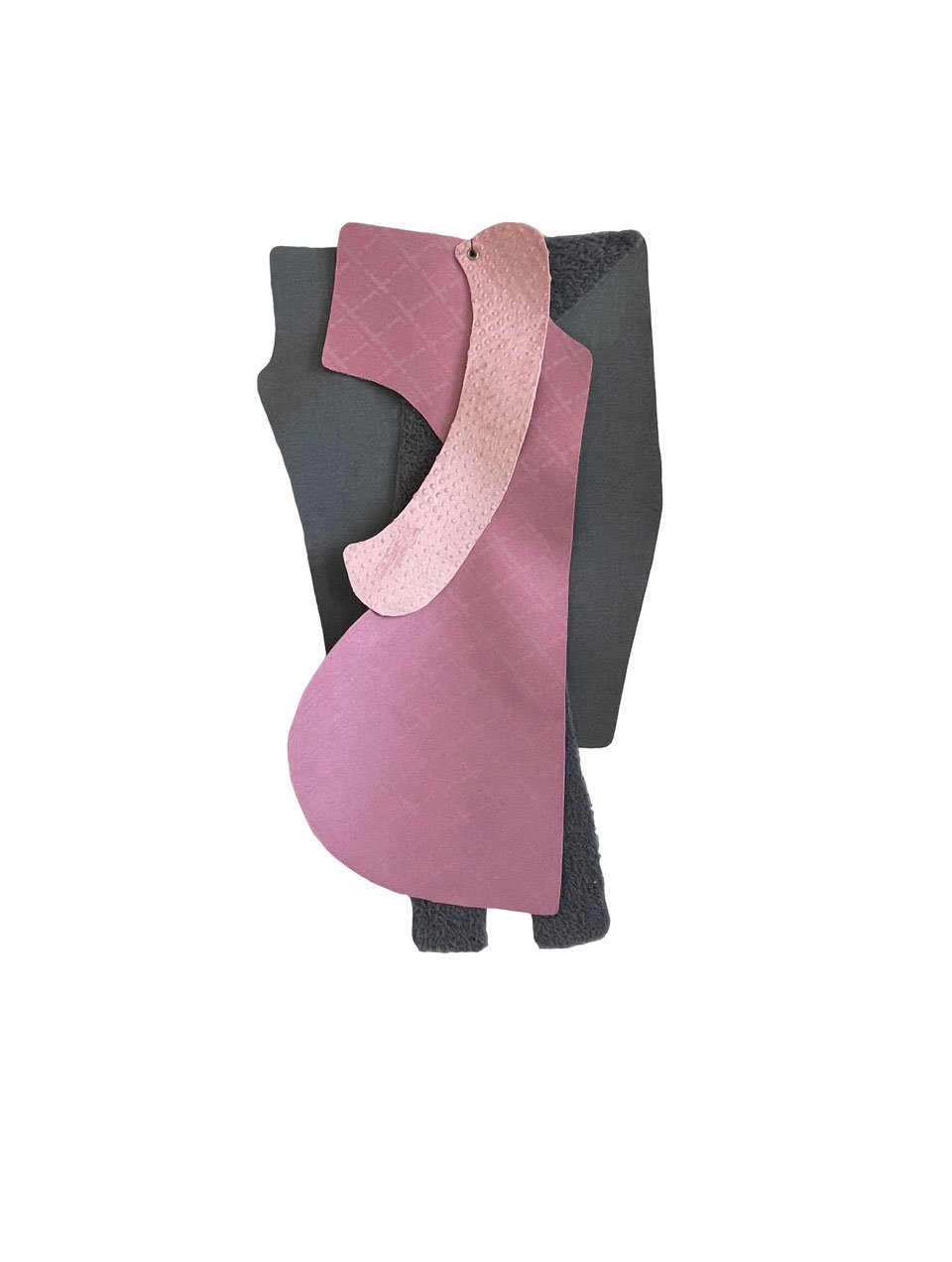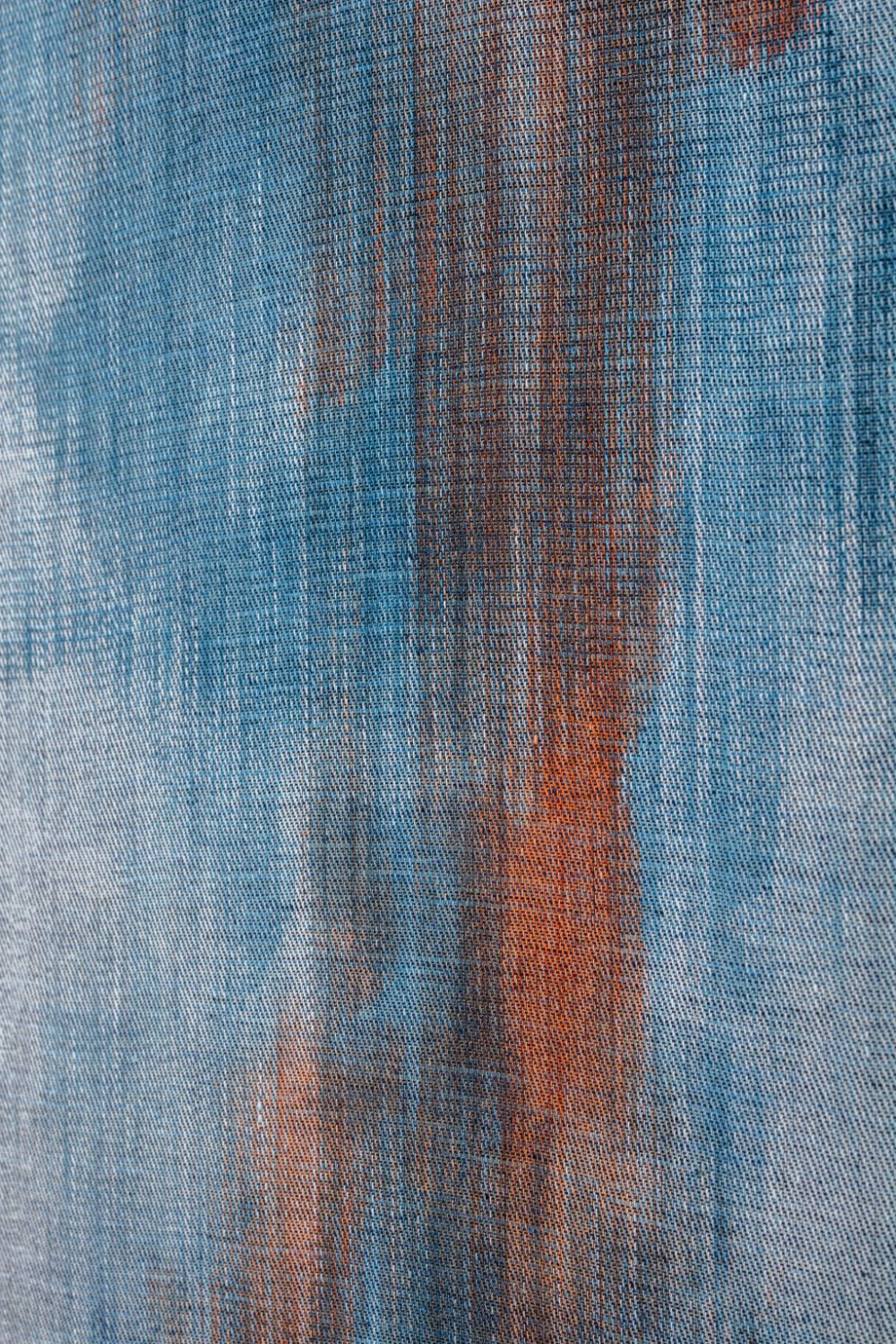LASVIT
LASVIT is not a company with a long history, but in many respects, it follows the centuries-old tradition of glassmaking in the Czech Republic. Leon Jakimič founded LASVIT in 2007 thanks to his efficient management, ability to collaborate with top designers, and use of a combination of traditional and historical techniques, LASVIT has managed to overcome a critical period and start a new successful wave of Czech glassmaking. LASVIT's designs are created both by their team and in collaboration with world design aces (Zaha Hadid, Daniel Libeskind, Kengo Kuma, and the Campana Brothers) and important Czech designers (Eva Jiřičná, Jan Kaplický, Rony Plesl, Maxim Velčovský, and Lucie Koldová). The company currently operates in its newly renovated headquarters in Nový Bor. The renovation was highly appreciated and won several architectural awards. This only underlines the care that LASVIT pays to every detail of its work.
mmcité
mmcité (mmcité Czech Republic) started as a student project that won a competition for urban furniture in the city of Zlín. David Karásek, the co-founder and current director of the company, together with other designers, managed to turn the project into a company that changed the way we think about the exterior of cities in the Czech Republic and spread to more than 30 countries around the world. During its existence, mmcité has collaborated with designers such as Herrmann & Coufal studio, Lucie Koldová, and Dan Yeffet, whose work has appeared in the USA, the Middle East, and East Asia. The brand's portfolio includes various types of outdoor furniture, including benches, bike racks, planters, and baskets, as well as shelters and platform canopies - all designed to make it easier for people to move and navigate around the city.
Aleš Boem
Aleš Boem will present models of products for 3D printers that were created under the brand Boem Store digital e-shop. He uses digital art to react to changes that the virtual world brings to society - the shift in interpersonal interactions and the way of perceiving the world in cyberspace. The exhibited minimalist collection Nothing Else meets the needs of the simplest printing and very low material consumption.
Herrmann & Coufal
The dynamic, flexible Tension floor lamp from the design studio Herrmann & Coufal (Eduard Herrmann and Matěj Coufal) is part of a DIY project. It is characterised by its self-manufacturability using common tools, low cost, and reduction of elements. The Tension lamp consists of a concrete base and a tent rod, the minimalist design allows the simple beauty and tension to shine.
Klára Horáčková
Contemporary Czech art glass is remarkable for the number of colours and shades it has. It can be both traditional and experimental, it does not lack inventiveness, courage, and desire, it is undergoing constant evolution. That is why Klára Horáčková chose the name Evolution for her current collection of objects. Moreover, it is also characteristic of her artistic approach, where she refuses to remain anchored in one creative paradigm within which one can only vary. For her, repetition is a movement in a circle that is not guided by free will, but by a slavish routine.
Markéta Jebavá
In her bachelor thesis, Markéta Jebavá focused on the incorporation of an unused local raw material, Czech sheep wool, into contemporary interiors. Sheep breeding and wool processing have been typical for the Czech territory for centuries, but the tradition was interrupted in the 1990s by the signing of a treaty with Australia to import cheaper and better quality wool. Czech sheep's wool is currently an unused raw material that is discarded by farmers, who export it to illegal dumps or burn it. Markéta creates, for example, custom panels by hand, using the wet felted wool technique.
Anna Jožová
The inspiration for Anna Jožová's recent works comes from the environmental situation. It is no different with the NAVA crystal vases, where the disparate relief surfaces derive from the details of the natural world. The structural objects respond to the disturbance of the original natural environment by invasive species. Anna used the technique of press-blown glass into moulds made of a special material that can be reused.
Aneta Honzová & Natálie Costantinová
Aneta Honzová and Natálie Costantinová decided to change the perception of velvet technology with their collection of delicate, unusual, and gently absurd vases made of Mood indigo glass. The technology, most popular in the 1990s, can still be seen today, for example, inside eyeglass cases. The surface is pleasant to the touch, yet until now it has not been associated with design.
Tereza Rosalie Kladošová
Tereza Rosalie Kladošová is known for her collections full of colours, patterns, and various combinations. She works with new materials created from merino wool waste. She will be represented at the Prague House by a unique, completely handmade felt design, The Vest Unicorns, full of symbols that remind the artist of home.
Lucie Koldová
The title of Lucie Koldová's work (designed for Brokis), Puro floor, is derived from the Spanish word for cigar, "puro", and also captures the pure design of light. The exciting scenery of verticals and horizontals floating in space is achieved by the use of glass light tubes that resemble cigars in shape.
Jakub Křelina
In his work, Jakub Křelina combines seemingly disparate materials and forms, combining metal, wood, textile, paper, and various fragments of used objects, which he then transforms into incredible objects. In the exhibition, he will present Death is my best friend from his work 58 milionů chvilek (58 Million Moments).
Tomáš Kučera
Tomáš Kučera draws on the use of basic geometric shapes in modernist art. The design of the Phases Floor lamp, using a mechanical cube shade, also brings the principle of rotation, which is often repeated in the production of glass products. An incomplete, black cube rotates around a glass sphere. On it, other geometric objects are displayed utilizing a grinding wheel, which are highlighted when the light source is lit.
Gréta Kušnírová
In her collection (Pochm)urny, Gréta Kušnírová decided to change her view on current funeral practices and abandon its previously unaesthetic and depressing perspective. The author sees an opportunity to use the urn as a joyful memory of our loved ones and as a special object in the interior.
Lexová & Smetana
Bends, angles, and waves - are the basic principles of the Swell collection of multi-level coffee tables from the design studio Lexová & Smetana (Terezie Lexová and Štěpán Smetana). Hand-bent plywood and solid ash use bent wood in a new context.
Monika Martykánová
Monika Martykánová's porcelain work, Allegory of Covid, pointed to the current pandemic crisis in a non-violent way. The sculptures represent moments that have changed the pace of life and the view of activities that were commonplace. They also symbolize emergency and protective measures in a state of emergency.
Karel Matějka
At the exhibition, Karel Matějka will present his design work Nahory ice axes, which he created as part of his diploma thesis at UMPRUM. He drew on his own experience as a climber and at the same time infused practical equipment with aesthetic value. The collection includes axes for mountaineering, sport climbing, and dry tooling. Each tool is made of duralumin with holes drilled in the handle to prevent slipping and reduce weight. He used polished steel on the heads to add elegance.
Olgoj Chorchoj
Studio Olgoj Chorchoj (Michal Froněk and Jan Němeček) created a unique product a stylish sled Sáňky for the company TON. The playful design honours the company's tradition and uses hand-bent ash wood. The length of the seat and the stability of the construction guarantee a smooth ride, regardless of the age of the winter enthusiast.
Milan Pekař
Milan Pekar's series of matte vases Crystaline - Trumpets and Element is one example of his brilliant work with glazes. Milan has been working on the development of crystalline glazes for a long time. This alchemy involves many hours of testing and experimenting with oxide mixtures and other ingredients. In addition to the correct composition, a precise firing temperature is crucial for the final result of the blooming crystals.
Jiří Pelcl & Michal Malášek
The chair from the UM (Master & Master) collection, originally designed for The Academy of Arts, Architecture, and Design in Prague is the work of Jiří Pelcl and Michal Malášek. Thanks to its all-metal construction, compactness, and stackability, it is suitable as a design solitaire for small spaces, as well as a practical piece of furniture for cafés, bistros, and bars.
Rony Plesl
Rony Plesl will present his beer stein for the Bernard brewery at the exhibition. It is a redesign of a hundred-year-old model, whose new look has been influenced by the modern technology of pressed glass. The result is a completely original beer jug, unique on the market and close to an artistic artefact. In addition, to perfect optics, it also bears a subtle embossed logo, which, according to the author, is supposed to look elegant, even aristocratic.
Tadeáš Podracký
Tadeáš Podracký's Bleeding Out Vase from the Metamorphosis series draws attention to the relativity of the world we live in. His series questions not only our perceptions but also our perceived construction methods, technological possibilities, and combinations of materials. His approach offers a new methodology of creation and design based on emotional choices, unpredictability, and expressiveness.
Quynh Trang Tran
Quynh Trang Tran's ceramic work Nová naděje (New Hope), traces the story of his parents' journey when they emigrated to the Czechoslovak Socialist Republic from Vietnam. The designer aimed to create an object that would recall the difficult conditions that accompanied the journey without knowledge of the language, cultural, and political customs. The result was chimneys of folded ceramic clothing with a contrasting glaze, referring to the situation where only a few pieces of clothing were their only possessions.
Agáta Seeháková
The main question and inspiration behind Agata Seeháková's Ctrl+c/Ctrl+v collection is the issue of imitation versus inspiration in fashion design. To express this eternal dispute, Agáta reworked characteristic elements of her classmates' designs creating new garments. The exhibition will feature a garment inspired by Alexandra Gnidiaková.
Studio GEOMETR
Together with the family-run weaving mill Kubák, Linda Kaplanová and Klára Spišková create small cycles of authors' textiles in Strmilov. Using a leaf weaving machine, they have made a few originals, which were then transformed into hanging tapestries. One of them is called „Composition 12 (Prostration)" and is a part of the D&T exhibition. Its dominant characteristics, warp painting, is what makes every piece unique. The yarns used for the warp painting are hand-dyed or indigo-dyed by the blueprint factory in Strážnice.
Anna Štajglová
Anna Štajglová will present her handmade Terrazzo carpet inspired by contemporary art, which she created under her brand Masopust. It is not only the handmade production that is characteristic for her, but also its playfulness, colourfulness, the plasticity of surface, and unusual shapes.
Dávid Valovič
Dávid Valovič's work Na čom stojíš? (Where do you stand?) is inspired by the geological transformation of the landscape of the Slovak village Hrádok and the surroundings of the Czech village Vižina. Clay, which functions as temporary sediment in nature, can be a tool for recording the history of the landscape. The result of the work is a nearly 3-meter sculpture inspired by geological boreholes.
Karolína Vintrová
Karolína Vintrová's Temple vases were created using the technique of 3D printing ceramic clay. They are horizontally printed in two pieces, then glued together. Thanks to this, the double-walled vases can also be used upside down. Karolina layered the material according to construction principles of Gothic refracted arches, which coincide with the principle of using vertical and horizontal lines in 3D printing.

